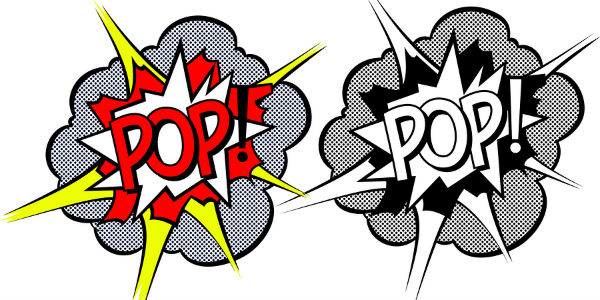Bursting bubbles

When I was growing up, the only bubbles I ever heard anyone talk about were those created by soap, champagne or chewing gum.
Chomping away on Double Bubble chewing gum, we would spend hours seeing who could blow the biggest bubble before it popped.
Countless hours were also spent dipping a little plastic wand into a small bottle of soap solution, pulling it out and creating dozens of bubbles of every size with the wave of a hand.
At night, as a way to entice children to take their baths, parents would pour a soapy mixture into the running water creating a sea of bubbles that would fill the tub and cover children from view.
On New Year’s Eve, people still pop open a champagne bottle, pour a glass of the bubbly and toast the New Year. Watching the bubbles rise to the top of the glass always makes me wonder how so many could fit into a bottle.
As a regulator, I’ve grown concerned about bubbles. Today, when someone mentions the word “bubble” what may come to mind are real estate, stock markets, student loans and foreign countries’ debt. It’s not quite the same as bubble gum, soap or champagne.
We know all too much about the recent real estate bubble. Property values rose every year, people bought more than they could afford, others borrowed against their equity every time it increased, and some made interest-only payments. Then, in 2008, the bubble burst. Here we are almost six years later, still working to repair the damage.
The stock markets plunged during the recent recession, but then began a slow climb back to record numbers. Many lost their hard-earned savings when the markets declined. Some have recovered those losses; others never will. Stocks are risky investments. Big returns are possible, as are big losses.
There are a few economists who claim the stock markets are the next of these bubbles to burst. They caution that the recent growth we have experienced cannot continue. A bubble only lasts as long as it can hold before it bursts.
Others say the vast amount student loans held by individuals and debt issued by governmental entities has the potential for massive default adding to the rise of another enormous bubble waiting for the slightest squeeze to burst.
And then there are our European neighbors: Greece, Italy, Ireland, Spain and Portugal. When the sovereign debt bubble burst in 2009, ripple effects were felt throughout the Eurozone and continue to this day.
The lesson we need to learn is that the bubbles we live with are those we created, so we can work to prevent them. And like the bubbles that result from bubble gum, soap and champagne, they only last for a little while.
And unless you have a plan in place to fix the bubble when it wanes or replace it when it bursts, all you are going to be left with is a sticky mess.
NCUA has a responsibility to mitigate the risks caused by bubbles. We do this by examining federally insured credit unions to ensure their safe and sound operations. We also issue rules like our recently finalized regulations on interest rate risk, access to liquidity and contingency funding, and credit union service organizations to protect against bubbles.
Bubbles can give you great enjoyment, are nice to look at and fun when they are vibrant. But when they burst, and they all do, remember the old adage: Don’t cry over burst bubbles. Or was it spilled milk?





